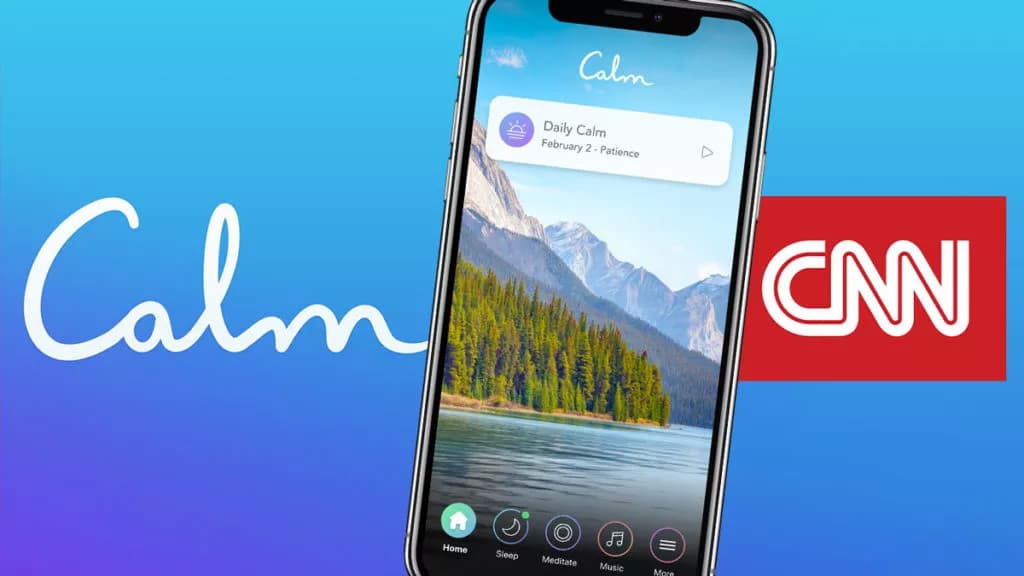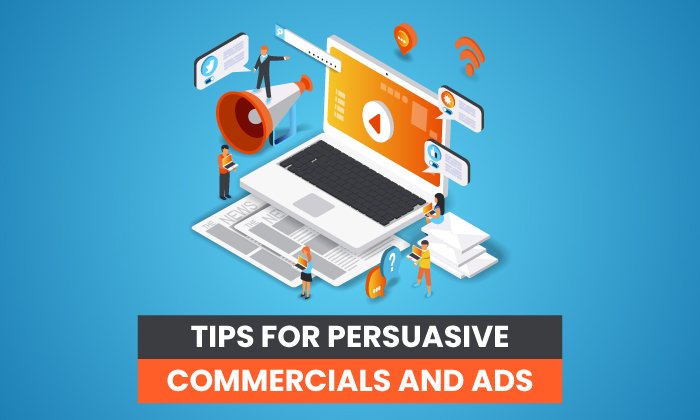Persuasive Advertising: What It Is & How to Do It [+Examples]

By cchi@hubspot.com (Clifford Chi)
What are some advertisements that live rent-free in your mind? As a millennial, ads that will always have a place in my heart include Britney Spears’ iconic run as a Pepsi spokesperson, the enduring”got milk?” campaign (which is ironic considering myself and many others now prefer non-dairy alternatives), and the classic iPod silhouettes.
These ads were not only compelling, but they were also incredibly influential. As marketers, we know that if we want to persuade an audience, we need to evoke an emotional response from them. But how do you actually do that?
Before we discuss how to refine your persuasive advertising strategy, let’s review what it is.
Below, we’ll examine key persuasive advertising techniques you can use in your advertisements, examples you can reference if you ever need some inspiration and informative advertisement examples that are surprisingly just as compelling as the persuasive advertising examples.
1. The Carrot and The Stick
Humans are hardwired to move towards pleasure, like a horse towards a carrot, and away from pain, like a donkey avoids a stick. When people read or watch your advertisements, “carrots”, or promises of gain, can fill your prospects with hope and compel them to pursue that potential feeling of pleasure. “Sticks”, possibilities of loss, evoke fear in your prospects, which will compel them to flee from that potential feeling of pain.
Both tactics can pull your prospects into a narrative and evoke emotions that inspire your desired action. Carrots, like a product’s benefit, entice people to take the desired action. Sticks, on the other hand, like anti-smoking campaigns, evoke fear in people to stop doing a certain action and start doing the alternative. To better understand how to craft advertisements that feature a carrot or stick, check out these insurance copywriting examples below.
Carrot: “15 minutes could save you 15% on car insurance.” — Geico
Stick: “Get All-State. You can save money and be better protected from Mayhem like me.” — All-State
As you can see, Geico’s ad uses a small-time investment that could potentially produce big gains as a lure to get you to buy their product. Conversely, All-State’s ad uses the character”Mayhem” to evoke fear into people to stop using their”inferior” insurance and start using All-State’s.
2. The Scarcity Principle
People value objects and experiences that are rare — having something that most people want but can’t have, boosts our sense of self-worth and power. If you use words and phrases that imply scarcity and evoke a sense of urgency, like”Exclusive offer” or”Limited availability”, you can skyrocket your product’s perceived scarcity and consumer demand.
3. One Message Per Advertisement
To immediately hook people and persuade them to read or watch the rest of your advertisement, try sticking to only one message. Spotlighting your product or offer’s main benefit or feature will make it easy …read more
Source:: HubSpot Blog








